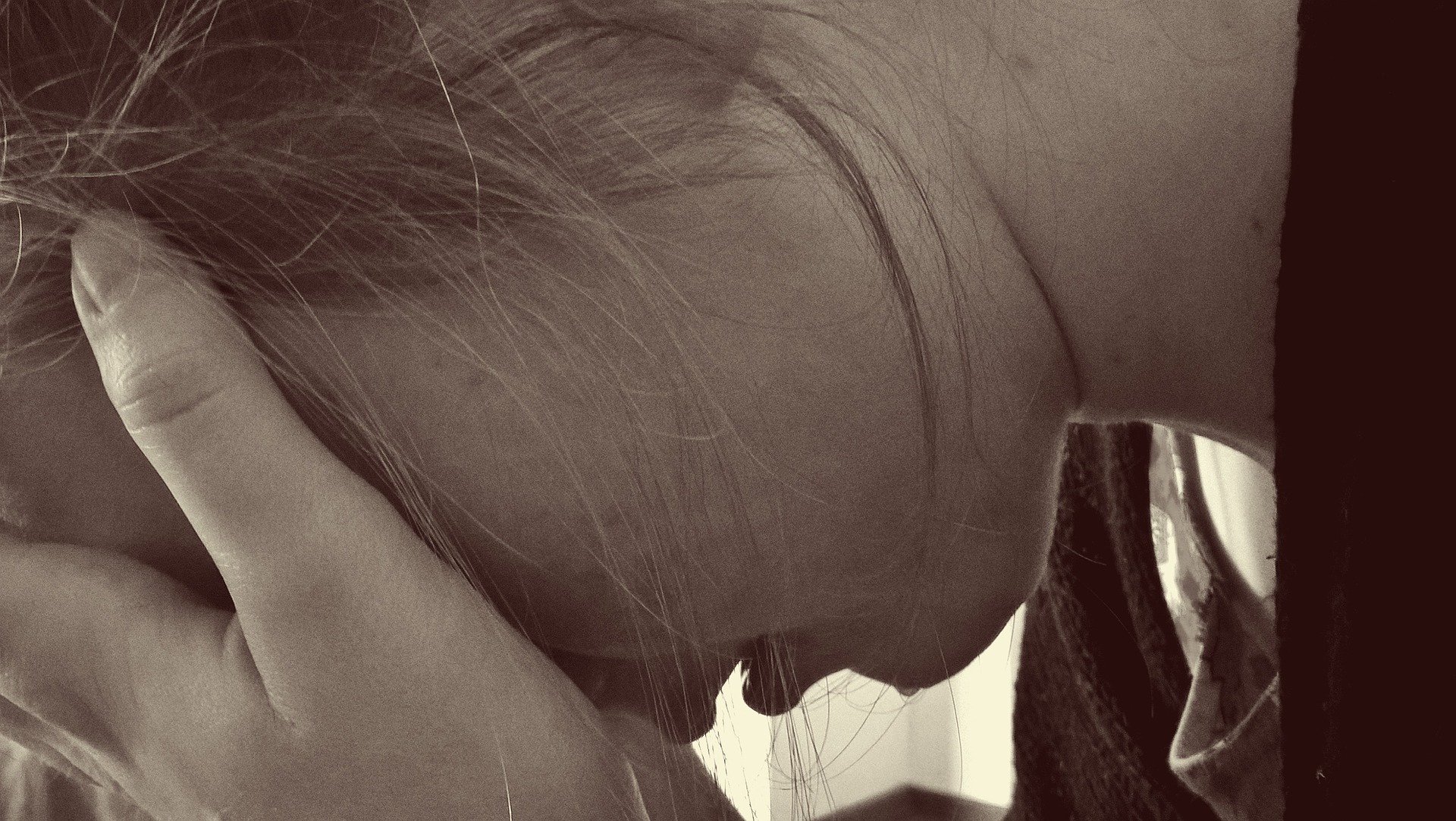Traits in collegiate student-athlete psychological well being within the Nationwide School Well being Evaluation, 2011-2019.
Edwards B, Froehle AW, and Fagan SE. J Athl Coaching. 2023,58(4):361-373. Doi: 10.4085/1062-6050-0586.21.
Full Textual content Freely Accessible
Take-Dwelling Message
School athletes and nonathletes are underneath important stress. Reported psychological well being signs and diagnoses are on the rise, with 1 in 3 college students reporting a current analysis. Thankfully, extra faculty college students report receiving psychological well being info from establishments and treatment-seeking behaviors over time.
Background
Consciousness of psychological well being issues is growing in most of the people, in addition to in collegiate athletics. Instructional efforts and psychological well being useful resource entry have elevated, however it’s unclear if these efforts have improved student-athlete psychological well being and treatment-seeking behaviors.
Examine Objective
Edwards and colleagues analyzed 8 years of survey information to look at how the psychological well being of student-athletes, in comparison with nonathlete friends, has modified from 2011 to 2019.
Strategies
Researchers obtained information from the Nationwide School Well being Evaluation. The info, which spans 8 tutorial years, was anonymously reported by college students in taking part establishments. Respondents have been categorized as “athletes” or “nonathletes” by way of their solutions to particular survey questions. The researchers excluded college students taking part in solely membership or intramural sports activities. The survey included “sure” or “no” questions grouped into 5 final result teams: 1) “current psychological well being signs”, 2) “current psychological well being analysis”, 3) “psychological well being treatment-seeking conduct”, 4) “receiving psychological well being info from establishments”, and 5) “the current impact of psychological well being on tutorial efficiency”.
Outcomes
A complete of 502,780 college students from 607 distinctive establishments accomplished the surveys and met the inclusion standards. These included over 54,400 athletes and 448,300 nonathletes. The important thing outcomes are described within the Desk, displaying that extra college students acquired psychological info from establishments and sought remedy or would think about remedy over time. In the meantime, extra college students reported current psychological well being signs/diagnoses and results on tutorial efficiency over time. Scholar-athletes much less regularly reported psychological well being signs/analysis and treatment-seeking behaviors. Nonetheless, extra student-athletes reported receiving psychological well being info from establishments.
| Over Time Adjustments | Variations Between Teams | |
| Current Psychological Well being Signs | Elevated Over Time | Athletes < Nonathletes |
| Current Psychological well being Analysis | Elevated Over Time | Athletes < Nonathletes |
| Psychological Well being Remedy-In search of Habits | Improved Over Time | Athletes < Nonathletes |
| Receiving Psychological Well being Info From Establishments | Improved Over Time | Athletes > Nonathletes |
| The Current Impact of Psychological Well being on Educational Efficiency | Elevated Over Time | Athletes < Nonathletes |
Viewpoints
Greater than 1 in 5 faculty college students reported signs of melancholy. A majority of scholars reported feeling very unhappy, very lonely, exhausted, or overwhelmed. Throughout the 8 years, we went from 1 in 5 faculty college students reporting a psychological well being analysis to 1 in 3 college students. It’s encouraging that treatment-seeking conduct and psychological well being info entry have elevated over time. This examine can not handle whether or not the elevated psychological well being signs/analysis is because of elevated prevalence or elevated consolation with reporting. As academic materials entry will increase, it will make sense that reporting of psychological well being issues would additionally improve. Whereas the traits over time are encouraging, the general numbers are nonetheless disheartening, and we have to do extra to encourage student-athletes to hunt remedy.
Scientific Implications
Clinicians ought to know that athletes and nonathletes are underneath immense strain because of the faculty expertise. This requires clinicians to be aware of the indicators and signs of psychological well being issues and have an applicable and empathetic plan to help their athletes in acquiring the suitable remedy. We additionally have to proceed to scale back stigma and improve consciousness amongst athletes that remedies can be found.
Questions for Dialogue
What modifications have you ever noticed relating to student-athlete psychological well being consciousness, recognition, and treatment-seeking? What particular methods do you’re feeling have had essentially the most influence on student-athlete psychological well being consciousness, recognition, or treatment-seeking?
Written by Kyle Harris
Reviewed by Jeffrey Driban
Associated Posts
You’re Not Alone – Melancholy, Stress, and Anxiousness on the Sports activities Drugs Staff
Excessive Faculty Sport Specialization Might Improve Melancholy Threat
Many NCAA Clinicians Fail to Display screen Psychological Well being
Contemporary Air Might Assist Enhance Efficiency.
Need to get higher? Take a nap!


